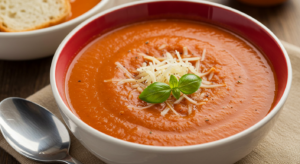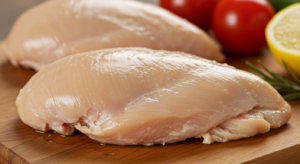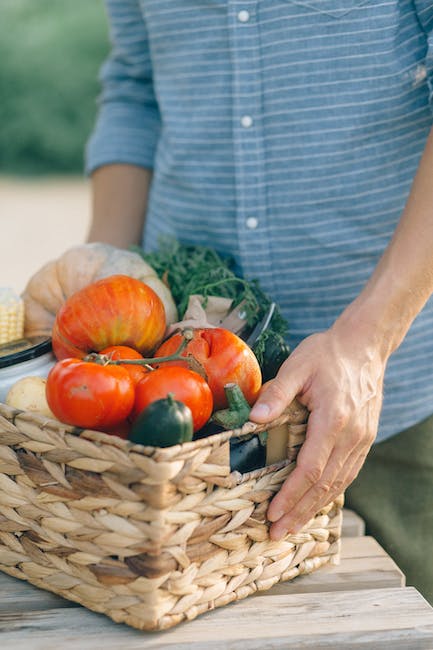
What Does Fennel Taste Like?
Fennel, a bulbous vegetable with a unique flavor, arguably has a hint of anise. Some people sense a light licorice flavor in its crisp texture, which can be eaten raw or cooked. There are different types of fennel, including Florence fennel, also known as finocchio, which is best known for its distinct and robust ability to impart flavor.
Fennel has a crunchy texture when raw, and a smooth, almost buttery texture when cooked. It adds a unique, somewhat sweet layer of flavor when used in a variety of dishes. Expanding your palate with fennel may become your new culinary adventure.
From Seeds to Stems: Various Uses of Fennel
Beyond its flavorful bulb, fennel is also known for its aromatic fennel seeds, which are commonly used in cooking to enhance flavor. It’s not just the bulbs and seeds; the whole Fennel plant, from its bulb to feathery fronds, is edible. Each offers a slightly different taste profile. Additionally, the yellow flowers of the Fennel are also edible, often used to dress salads and dishes for a dash of color.
Raw fennel, generally has a crisp, slightly sweet anise-like flavor. However, when you cook fennel, the flavor becomes more mellow and the texture of the vegetable softens. It’s excellent in soups and stews, roasted, or grilled and tossed in some olive oil and seasonings.

Health Benefits of Fennel
A member of the carrot family, fennel is packed with a variety of health benefits. It offers substantial amounts of Vitamin C, dietary fiber, and potassium. Its seeds have been used in traditional medicine due to their beneficial properties, including digestive and anti-inflammatory effects.
Fennel bulbs are a good source of Vitamin B6, which is vital for brain development and function. Plus, they contain folate, which helps the body make new cells. It’s a delicious way to boost your nutritional intake, whether consumed raw or cooked.

A Close Look at the Fennel Plant
The fennel plant is a hardy, perennial herb with yellow flowers, feathery leaves, and a bulbous base. It’s a robust plant that can grow in relatively tough conditions and is widely cultivated around the world for its aromatic and flavorful seeds, leaves, and bulbs.
In terms of appearance, fennel is similar to a fresh, pale bulb with long, dainty fronds attached. The bulb is very firm and somewhat crunchy, just like a fresh root vegetable, while the fennel fronds are flavorful, delicate, and fragrant.
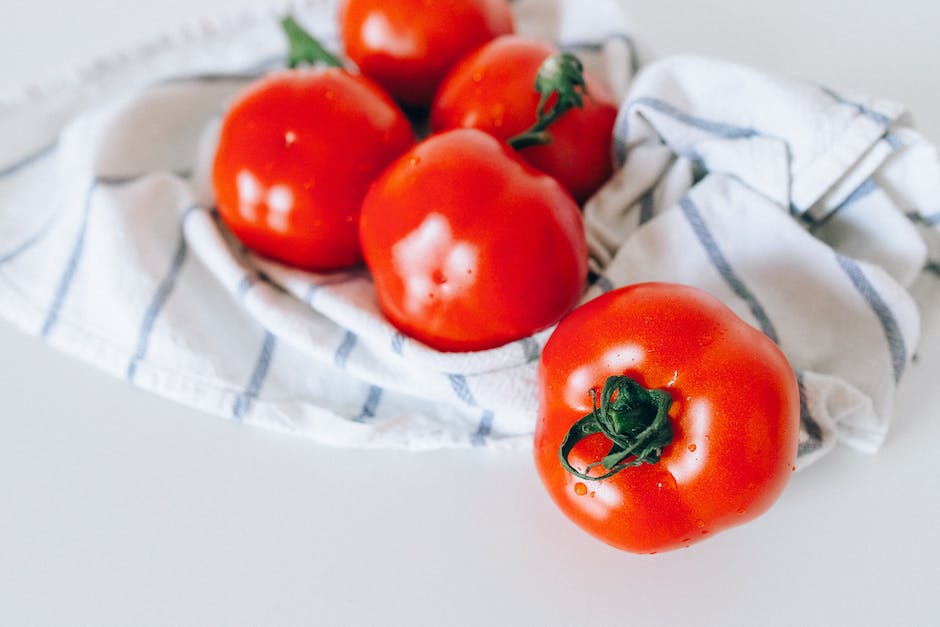
Incorporating Fennel into Your Daily Menu
There is no shortage of ways to incorporate the crisp fresh fennel into your meals. For those who enjoy the unique fennel flavor, you can include cut-up raw fennel in your salads, or incorporate diced fennel into your stir-fried dishes or roasts.
One standard method is to slice the bulb thinly and add it to a salad with fresh arugula, lemon vinaigrette, and shaved parmesan. Another option is to present it as a side dish, caramelized with olive oil and balsamic vinegar, serving as a unique accompaniment to a variety of dishes.
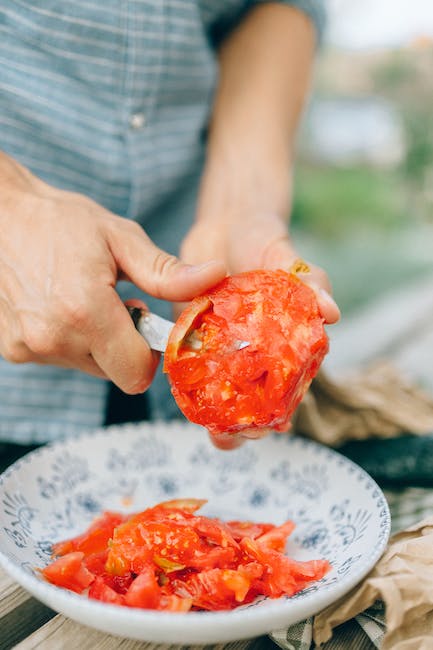
The Culinary Versatility of Fennel Fronds
Fennel fronds, the delicate leaves on the fennel plant, though often discarded, hold a generous amount of flavor and add a decorative touch to dishes. Reminiscent of dill, fronds can be chopped and used similarly in sauces, salads, or as garnish.
Unlike the bulb, the fronds have a more gentle taste, making them a delightful addition to a simple cucumber and tomato salad, where their mild licorice flavor can shine. They can also be used to infuse olive oil for a remarkable dressing.
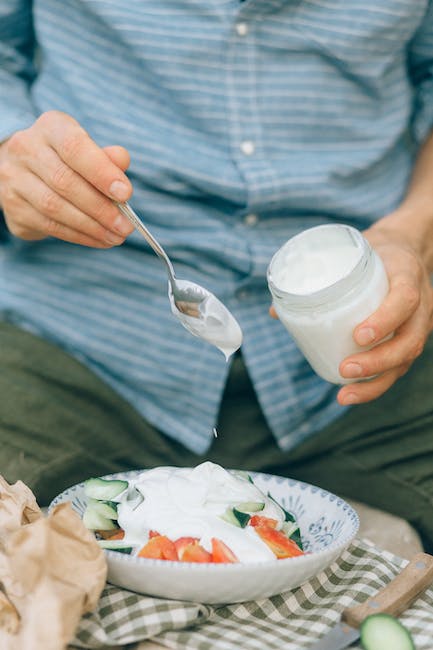
The Joy of Growing your Own Fennel Plant
Growing a fennel plant in your garden can be a rewarding venture. The fennel plant is prevalent in the Mediterranean, but suits any environment with hot summers and mild winters. Full sunlight encourages the growth of big, flavorful bulbs you can use in your kitchen. Their vibrant yellow flowers can also make your garden pop with color.
Besides, by growing your own fennel plant, you can have fresh fennel available when you need it. You can choose to use your own organic fennel seeds, bulb, or fronds, in your dishes at any time of the year.

Perfect Pairings with Fennel
Pairing fennel with the right foods can elevate the flavor of your dishes. Fennel pairs beautifully with pork and fish and complements citrus fruits and tomatoes well. The anise flavor marries perfectly to a crisp, white wine like a Sauvignon Blanc.
Roasting fennel together with root vegetables or potatoes adds an intriguing and delicious twist, while a fennel and orange salad is a classic Mediterranean dish that highlights the bright, refreshing piquancy of this quirky vegetable.
1. What does raw fennel taste like?
Raw fennel has a unique flavor, described as slightly sweet and licorice or anise-like.
2. How to cook fennel in soups and stews?
Fennel can be diced or sliced and added to soups and stews. It adds a unique flavor and softens during cooking.
3. What is a bulbous vegetable?
A bulbous vegetable is one that primarily grows underground and forms a bulb shape. Fennel is a bulbous vegetable.
4. Can the entire fennel plant be eaten?
Yes, the whole fennel plant is edible- from the bulb to the yellow flowers and feathery fronds.
5. Do I have to cook fennel before eating it?
Fennel can be eaten raw or cooked. Raw fennel is crisp and sweet, while cooking softens it and mellows the flavor.
6. What is the health benefit of fennel bulbs?
Fennel bulbs are rich in Vitamin C, dietary fiber, and potassium. They also make a good source of Vitamin B6 and folate.
7. Is fresh fennel different from Florence fennel?
Fresh fennel is a term that can refer to any fennel that is currently fresh, while Florence fennel is a specific variety known for its distinct flavor.
8. How to use fennel fronds in cooking?
Fennel fronds are a flavorful and decorative addition to numerous dishes. They can be chopped and used in sauces, salads, or as garnish.
9. What does fennel pair well with?
The unique flavor of fennel pairs well with fish, pork, citrus fruits, and even white wine like Sauvignon Blanc.
10. Can you eat the yellow flowers of a fennel plant?
Yes, the yellow flowers are edible and can be used as a garnish to brighten up salads and other dishes.




